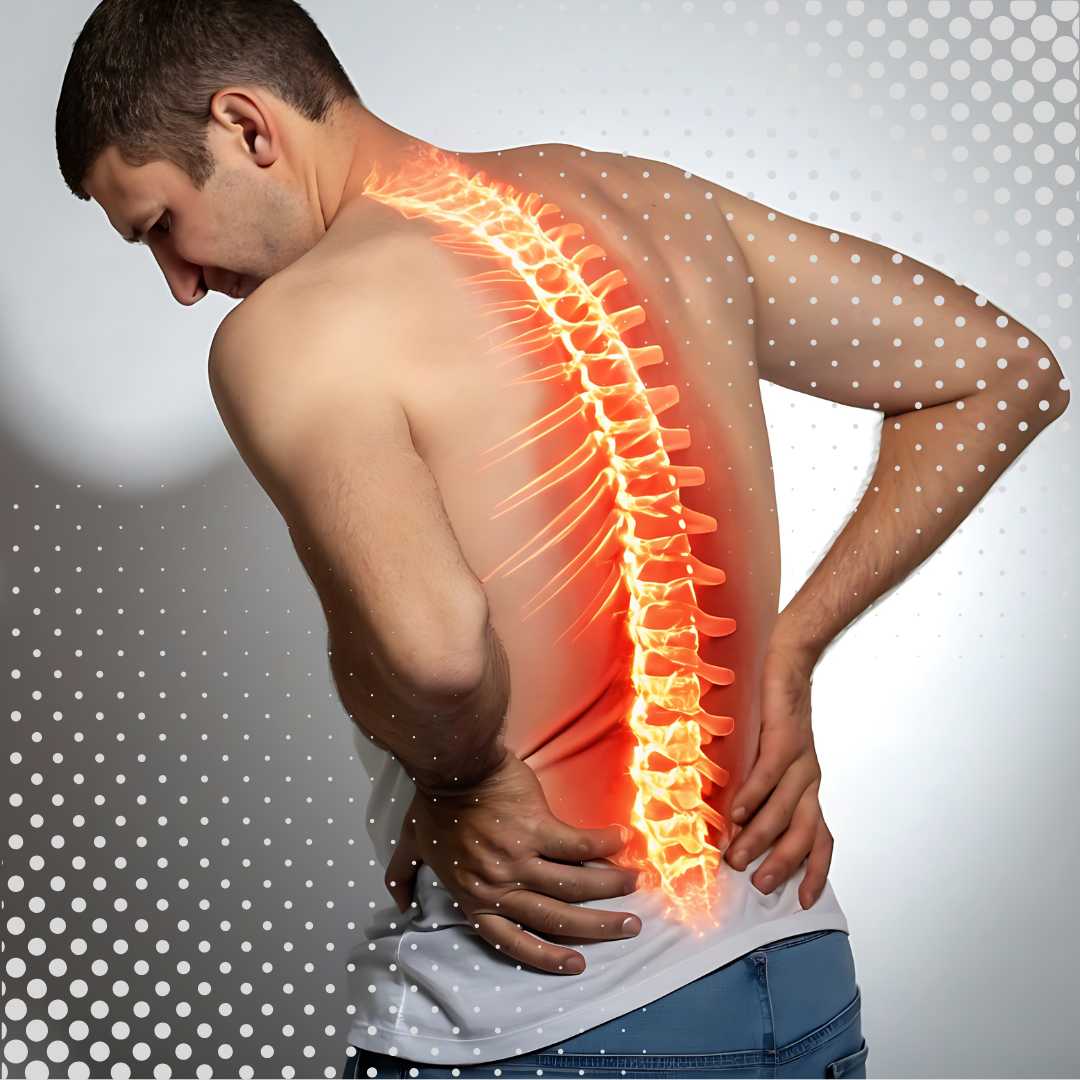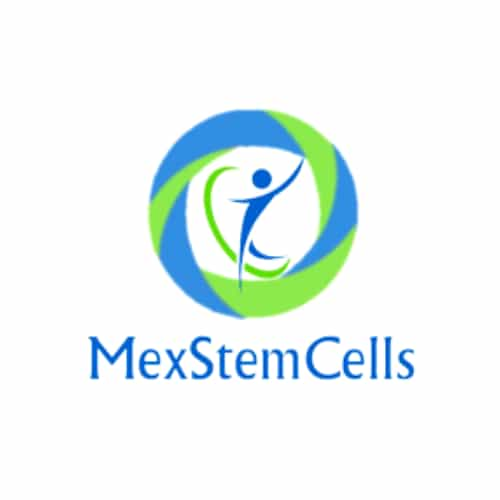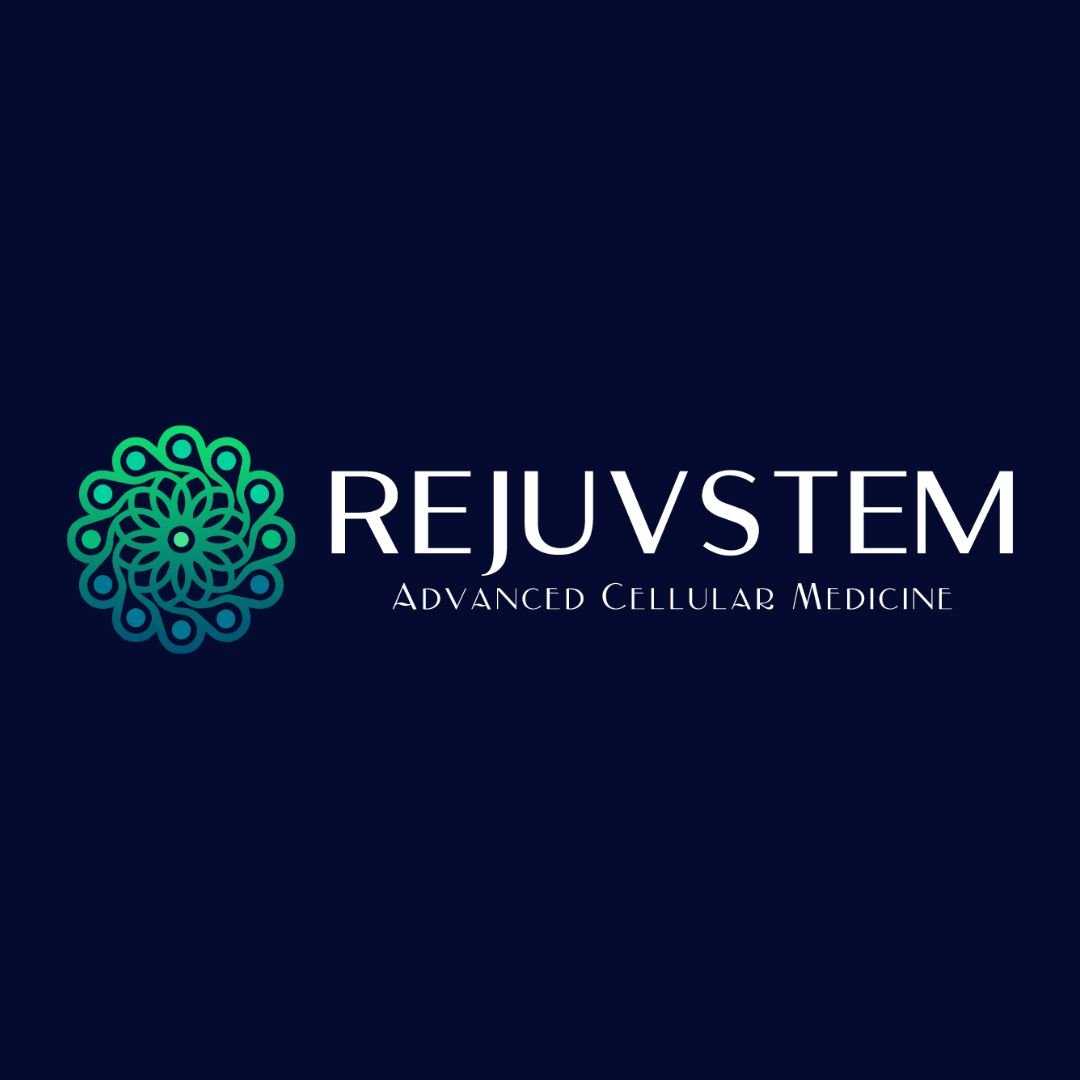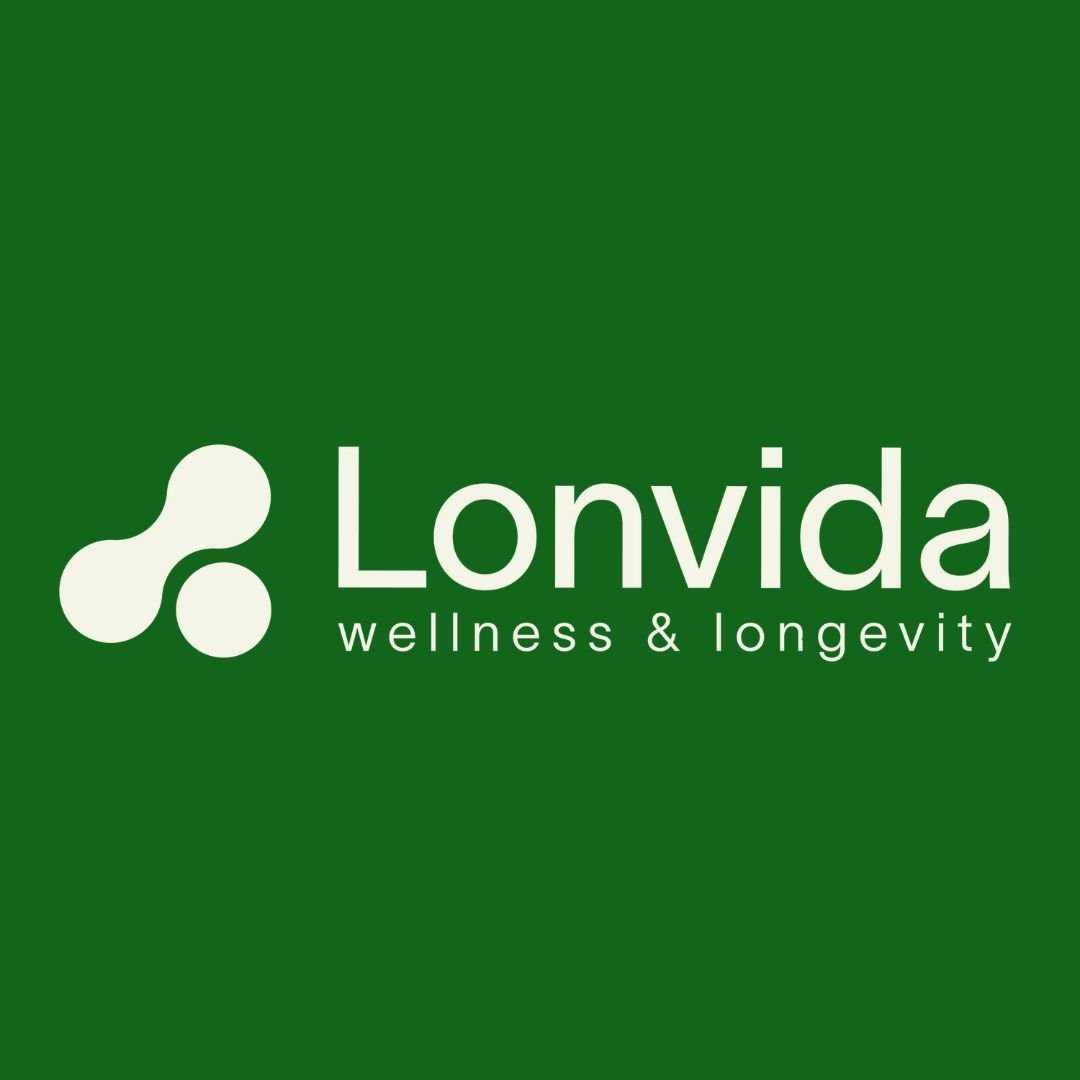A New Hope for Epilepsy: Stem Cells in Mexico
.png)
Living with epilepsy can be a challenging journey, marked by the unpredictability of seizures and the often-frustrating search for effective treatments. For many, traditional medications don't provide complete control, leading them to explore alternative and advanced therapeutic options. One such option that has been gaining significant attention is stem cell therapy for epilepsy. This innovative approach is at the forefront of regenerative medicine, and many are now looking to Mexico as a destination for this cutting-edge treatment. But the crucial question remains: can stem cells truly help treat epilepsy in Mexico?
The simple answer is that while it shows immense promise and many clinics in Mexico offer this therapy, it's essential to approach it with a clear understanding of what it entails. Stem cell therapy aims to use the body's own master cells to repair and replace damaged tissues. In the context of epilepsy, the goal is to introduce new, healthy cells into the brain to restore normal function and reduce the frequency and severity of seizures. Mexico has become a hub for medical tourism, offering advanced treatments that may not be as readily available in other countries. The regulatory landscape in Mexico, governed by the Federal Commission for the Protection against Sanitary Risks (COFEPRIS), allows for certain types of stem cell therapies to be administered in certified clinics. This has opened doors for patients who have exhausted other treatment avenues. However, it's vital to remember that this is still a developing field of medicine. The success and safety of the procedure depend heavily on the specific type of stem cells used, the protocol of the clinic, and the individual patient's condition.
This blog post will serve as your comprehensive guide to understanding stem cell therapy for epilepsy in Mexico. We will delve into the science behind the treatment, explore the different types of stem cells used, discuss the legal and safety aspects, and provide an overview of what you can expect in terms of cost and procedure. Our goal is to provide you with the information you need to make an informed decision about whether this path is right for you or your loved one.
What is Stem Cell Therapy and How Might it Help with Epilepsy?
Stem cell therapy is a form of regenerative medicine that utilizes the unique properties of stem cells to repair diseased, dysfunctional, or injured tissue. Stem cells are the body's raw materials — cells from which all other cells with specialized functions are generated. Under the right conditions in the body or a laboratory, stem cells divide to form more cells called daughter cells. These daughter cells either become new stem cells (self-renewal) or become specialized cells (differentiation) with a more specific function, such as blood cells, brain cells, heart muscle, or bone.
In the context of epilepsy, the brain's normal electrical activity is disrupted, leading to seizures. This disruption can be caused by various factors, including genetic predisposition, brain injury, or infections. The goal of stem cell therapy is to address the underlying cellular damage. When introduced into the body, stem cells can potentially:
-
Replace Damaged Neurons: Stem cells have the ability to differentiate into new neurons, replacing those that have been damaged or lost due to the underlying cause of epilepsy.
-
Modulate Inflammation: Chronic inflammation in the brain is often associated with epilepsy. Certain types of stem cells, particularly Mesenchymal Stem Cells (MSCs), have powerful anti-inflammatory properties that can help create a more favorable environment for brain health.
-
Promote Neuroprotection: Stem cells can release growth factors and other beneficial molecules that protect existing neurons from further damage.
-
Integrate into Neural Circuits: The new cells may integrate into existing neural circuits, helping to restore the proper balance of excitatory and inhibitory signals in the brain, which is often disrupted in epilepsy.
Is Stem Cell Therapy for Epilepsy Legal in Mexico?
Mexico has established a regulatory framework for stem cell therapies, which is overseen by COFEPRIS. This regulatory body is responsible for ensuring the safety and efficacy of medical treatments, including regenerative medicine. While stem cell therapy is legal, it is important to understand that not all types of stem cell treatments are universally approved for all conditions.
The regulations in Mexico allow for certain types of stem cell therapies, particularly those using adult stem cells like Mesenchymal Stem Cells, to be offered in a clinical setting. This is a key reason why many international patients travel to Mexico for stem cell treatment. The regulatory environment is often seen as more progressive than in some other countries, where many stem cell applications are still in the clinical trial phase.
However, this does not mean that the market is without its complexities. It is imperative for patients to conduct thorough research and select a clinic that is not only licensed by COFEPRIS but also adheres to strict international standards for medical practice and cell processing. A reputable clinic will be transparent about its licensing, the types of stem cells it uses, and the scientific evidence supporting its treatments.
What Types of Stem Cells are Used to Treat Epilepsy in Mexico?
Several types of stem cells have been investigated for their potential in treating epilepsy, each with its own set of characteristics and potential benefits. In Mexican clinics, you are most likely to encounter therapies using the following types of stem cells:
-
Mesenchymal Stem Cells (MSCs): These are adult stem cells that can be isolated from various sources, including umbilical cord tissue, bone marrow, and adipose tissue. MSCs are particularly attractive for treating neurological conditions like epilepsy due to their potent anti-inflammatory and immunomodulatory properties. They can also differentiate into neuron-like cells and secrete growth factors that support neuronal survival and repair.
-
Umbilical Cord Stem Cells: These are a rich source of MSCs and are often preferred because they are young, vibrant, and have a low risk of rejection. The collection process is non-invasive and ethically sound.
-
Bone Marrow-Derived Stem Cells: These are another common source of MSCs. The cells are harvested from the patient's own bone marrow, making them an autologous (self-derived) source, which eliminates the risk of rejection.
-
Adipose-Derived Stem Cells: These MSCs are collected from fat tissue, which is an abundant and easily accessible source.
While research is also exploring the potential of other cell types like Neural Stem Cells (NSCs) and Induced Pluripotent Stem Cells (iPSCs), treatments using these are generally considered more experimental and may be less commonly available in a clinical setting in Mexico.
What is the Process for Receiving Stem Cell Therapy for Epilepsy in Mexico?
The journey of receiving stem cell therapy for epilepsy in Mexico generally follows a structured process designed to ensure patient safety and optimize treatment outcomes. While the specifics may vary from clinic to clinic, a typical treatment protocol will include the following steps:
-
Initial Consultation: The process begins with a comprehensive consultation with the medical team. This can often be done remotely, where you will discuss your medical history, the nature of your epilepsy, and your treatment goals. You will be asked to provide your medical records for review.
-
Medical Evaluation: Upon arrival at the clinic in Mexico, you will undergo a thorough medical evaluation, which may include blood tests, neurological assessments, and possibly brain imaging scans like an MRI or EEG to determine your eligibility for the treatment.
-
Stem Cell Administration: The administration of stem cells is typically a minimally invasive procedure. The most common method for neurological conditions is intravenous (IV) infusion, where the stem cells are delivered directly into the bloodstream. From there, they can travel to the brain and other areas of inflammation. In some cases, an intrathecal injection (into the spinal canal) may be used to deliver the cells more directly to the central nervous system.
-
Post-Treatment Care and Follow-up: After the procedure, you will be monitored for a period to ensure there are no immediate adverse reactions. The medical team will provide you with a detailed post-treatment care plan, which may include recommendations for diet, supplements, and physical activity. Reputable clinics will also have a follow-up schedule to monitor your progress over the coming months.
What is the Cost of Stem Cell Therapy for Epilepsy in Mexico?
One of the significant factors that draw patients to Mexico for stem cell therapy is the cost. Treatment in Mexico is often more affordable than in the United States or Europe, without a compromise on the quality of care in reputable clinics. The cost of a stem cell treatment program for epilepsy can vary widely based on several factors:
-
Clinic Reputation and Location: Highly reputable clinics with state-of-the-art facilities may have higher costs.
-
Type and Source of Stem Cells: The type of stem cells used (e.g., umbilical cord-derived vs. bone marrow-derived) and the number of cells administered will influence the price.
-
Treatment Protocol: The complexity of the treatment, including the number of infusions and any additional therapies included in the package, will affect the overall cost.
-
Inclusions: It is important to clarify what is included in the quoted price. This may or may not include consultations, medical evaluations, accommodation, and post-treatment follow-up.
Below is a general cost comparison table for stem cell therapy for neurological conditions in Mexico versus the United States:
Note: These are estimates and actual costs can vary significantly.
Are There Risks Associated with Stem Cell Therapy for Epilepsy in Mexico?
While stem cell therapy holds great promise, it is essential to be aware of the potential risks and to approach the treatment with realistic expectations. The risks can be categorized into several areas:
-
Procedure-Related Risks: These are risks associated with any injection or infusion, such as pain or infection at the administration site. These are generally low when the procedure is performed by experienced medical professionals in a sterile environment.
-
Immune Reactions: If allogeneic (donor-derived) stem cells are used, there is a small risk of an immune reaction. However, MSCs from umbilical cords are considered immunoprivileged, meaning they have a very low risk of causing such a reaction.
-
Tumor Formation: There is a theoretical risk that stem cells could form tumors. However, this risk is primarily associated with embryonic stem cells. The types of adult stem cells typically used in Mexican clinics, like MSCs, have a very strong safety profile in this regard.
-
Lack of Efficacy: It is important to understand that stem cell therapy is not a guaranteed cure for epilepsy. The effectiveness of the treatment can vary from person to person, and some individuals may not experience significant improvement.
To mitigate these risks, it is crucial to:
-
Choose a Certified Clinic: Ensure the clinic is licensed by COFEPRIS and follows international best practices.
-
Verify the Source of Stem Cells: The clinic should be transparent about the source and quality of the stem cells they use.
-
Have a Thorough Medical Evaluation: A comprehensive evaluation will help determine if you are a good candidate for the therapy and identify any potential contraindications.
How Successful is Stem Cell Therapy for Epilepsy?
The success of stem cell therapy for epilepsy is a topic of ongoing research and clinical investigation. While large-scale, double-blind clinical trials are still needed to establish definitive efficacy rates, the existing evidence from smaller studies and patient reports is encouraging.
Many patients who have undergone stem cell therapy for epilepsy report:
-
A noticeable reduction in the frequency and severity of their seizures.
-
Improved cognitive function and clarity.
-
A decrease in their reliance on anti-epileptic medications.
-
An overall improvement in their quality of life.
It is important to maintain realistic expectations. Stem cell therapy is not a "magic bullet," and the results can vary. The degree of success can depend on the underlying cause of the epilepsy, the patient's age and overall health, and the specific treatment protocol used. A reputable clinic will provide you with a realistic outlook based on your individual circumstances.
What Should I Look for in a Stem Cell Clinic in Mexico?
Selecting the right clinic is the most critical step in your journey toward receiving stem cell therapy in Mexico. Here are some key factors to consider:
-
Licensing and Accreditation: Verify that the clinic is licensed by COFEPRIS. International accreditations are also a good sign of quality.
-
Medical Team's Expertise: The doctors and medical staff should have extensive experience in regenerative medicine and the treatment of neurological conditions.
-
Transparency: The clinic should be open and transparent about the type and source of their stem cells, their lab processes, and the scientific basis for their treatments.
-
Patient Reviews and Testimonials: Look for reviews from previous patients to get an idea of their experiences and outcomes.
-
Comprehensive Care: A good clinic will provide comprehensive care that includes a thorough initial evaluation, a personalized treatment plan, and long-term follow-up.
Ready to explore your options for stem cell therapy for epilepsy? PlacidWay can help you connect with reputable clinics in Mexico and around the world. Our team is dedicated to providing you with the information and support you need to make an informed decision about your healthcare journey. Explore PlacidWay to learn more about our network of trusted healthcare providers and to get a personalized quote for your treatment.


.png)





.jpg)
.png)







Share this listing